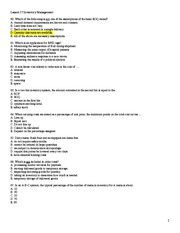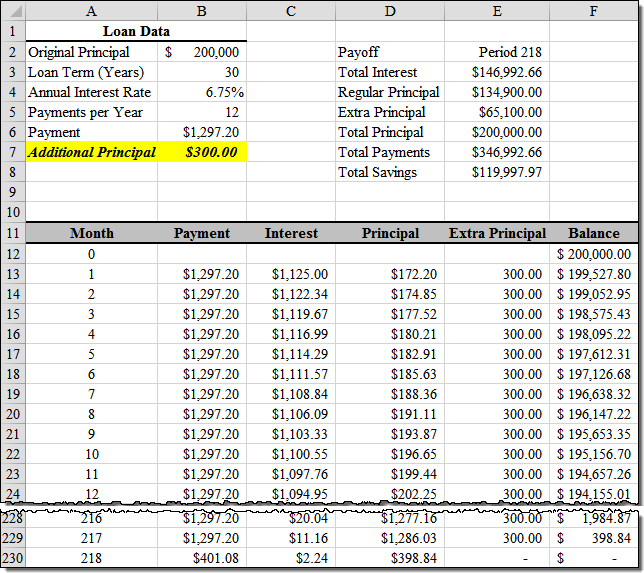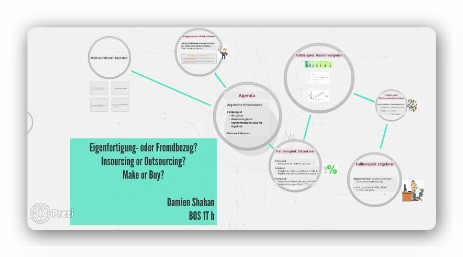Content

If run rate calculations are notoriously unreliable, why does anybody use them? In some cases, it’s because they don’t know any better, and in other cases, it’s because there really are no better options. For recurring revenue businesses like SaaS startups and other subscription-based companies, there’s typically a more meaningful metric. A run rate is used in financial modeling to predict the future revenue of a company of a time period of longer than the current period. So, if we know the revenue for any period, we can extrapolate the projected revenue for a say a year or more. The run rate creates an estimation of the future financial performance of a company by using current financial information to predict the likely future performance. The run rate is a concept that describes the financial performance of a company by using the present financial information to predict what future performance would look like.

Most businesses experience some kind of seasonality, meaning that performance naturally peaks in one part of the year and slows in another. In the retail industry, sales typically spike during the holiday season, so the fourth-quarter performance is usually the best. Some retailers even make most or all of their profits during the fourth quarter. Additionally, the run rate is generally Run Rate Definition based only on the most current data and may not properly compensate for circumstantial changes that can cause an inaccurate overall picture. As an example, certain technology producers like Apple and Microsoft experience higher sales in correlation with a new product release. Using data only from the period immediately following a large product release may lead to skewed data.
Free Accounting Courses
The Revenue Run Rate, like all Run Rate figures, makes the critical and often unrealistic assumption that the financial environment will remain relatively unchanged in the future. The modern financial market is extremely unpredictable and fickle and making financial decisions solely on the basis of Run Rate type figures would be extremely foolish. For that reason, run rate metrics should generally be used carefully when it comes to companies with fluctuating customer demand or revenue that is typically weighted in the front-half or back-half of the year. In practice, revenue is the most widespread metric calculated on a run-rate basis.

Annual or Monthly Recurring Revenue , are subscription-based economy metrics. It shows how much money subscriptions earn for your company on a yearly basis.
Pitfalls with Revenue Run Rate Calculations
A company may also find itself in a situation where it achieves large sales at one point. If the run rate is applied to this instance, it might end up being misleading for future performance because mega sales are not a regular thing.
Although simple, the method extrapolates the company’s current financial information and performance without accounting for factors such as revenue expansion and churn. If you are a new or newly successful company and you need to rely on ARR to some extent, make sure your calculations are based on your true MRR, not just total first month or Q1 profits. All you have to do is calculate your MRR and then multiply it by 12 to get a more accurate ARR. For starters, a costume shop would be pretty foolhardy to look only at their October revenue results. And then assume those profits will remain the same for the other 11 months of the year. Conversely, that same store would be selling themselves short if they based their ARR calculations solely on the revenues they had in February. Ignoring the likelihood that they’ll have more revenue growth around Halloween.
How to calculate run rate
This means a team which progresses in a tournament at the expense of another team, due to a higher NRR, may not have truly performed better than their opponents. But, after the cost savings, the new quarterly EBITDA is $12 million per Quarter. Let’s imagine it’s six months after a Leveraged Buyout purchase by a Private Equity firm.
What is the revenue run rate?
It translates a company’s current revenue for a specific period into an annual amount to obtain the full-year equivalent. So if a company made a revenue of $2 million in the first month, taking it as a parameter, the annual revenue is expected to be around $24 million.
In short, Run Rate is a concept that can be applied to nearly any time period to extrapolate future performance. Find the Revenue for the Relevant Period Find the Company’s Revenue for the https://online-accounting.net/ Relevant Period. The Relevant Period is the recent period you want to use to estimate a full year of performance . You can find quarterly data in the Company’s public financial filings .
Alternative Run Rate Example #2: Run Rate EBITDA
The whole concept of business run rate assumes that the existing conditions will remain constant throughout the future, mainly for the year. It can be used by investors, business owners, analysts, and advisors to make executive decisions.
Ford slashes Mustang Mach-E prices by up to $5,900 – Yahoo News
Ford slashes Mustang Mach-E prices by up to $5,900.
Posted: Mon, 30 Jan 2023 17:01:51 GMT [source]
The production rate of a process run is a vital metric in manufacturing and process improvement used for scheduling, purchasing, and cost analysis. Another related problem is the one companies face when registering many one-time sales. A large volume of one-time sales throws off run rates’ accuracy because they are based on repeated purchases and repeated client patterns, which enhance future profit predictability. If such firms were to construct Run Rate type figures based only on data from the time period following the launch of a new product, then the data may be skewed.